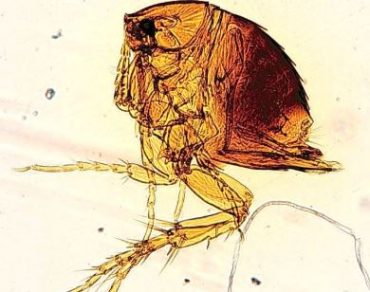

Insect and animal existence is very much determined by their environment. Many often have evolved to thrive in a particular environment. Alligators and Crocodiles evolved to inhabit warm, shallow water climates for example. They lie in wait, for hours, hoping for a small unsuspecting creature to come along and when the time is right they pounce and make short work of it.
The beach environment is no different. There are some creatures that live exclusively near beaches. Some of these critters are benign but others pose harm or are annoying to humans. The latter are classified as pests.
Sand Flies
This is a pretty generic term for any and all flying bugs (except mosquitoes) that you encounter on the beach. Usually they are more prone to be in and around seaweed or further away from the water near the burm. Horseflies can be counted amongst these flying beach pests. They are a true pest and can bite and harass beachgoers.
Another group of these pesky flying insects is called Ceratopogonidae, or biting midges. They are a family of small flies (1–4 mm long) in the order Diptera. They can be found near beaches and bodies of water all over the world. The female of the species sucks blood from a host animal, much like a mosquito.
Mosquitoes
You didn’t think our inland foe would avoid some feeding time at the beach did you? Yes, mosquitoes are found at the beach and can pester people trying to enjoy themselves there. Mosquitoes don’t use the ocean water in any way. They need stillwater to reproduce. But if you look around any beach area you will find probably find stillwater. The mosquitoes hatch and make their way around, following the human food source to the land’s edge.
Sand Fleas
There are a few organisms that have the general classification of “sand flea”. Platorchestia platensis is a larger amphipod crustacean animal that lives down in the sand. It actually has no real interaction with humans and is simply a scavenger feeding off dead and decaying plant life and seaweed.
The Tunga penetrans (sand flea, chigoe flea or jigger) is a parasitic insect found in most tropical and subtropical climates. It is the tiniest flea known, measuring under 1mm. They can burrow under the skin and they feed on host blood (pictured above). Infections from this animal can become quite damaging. Usually the foot or lower leg is affected by this pest.
